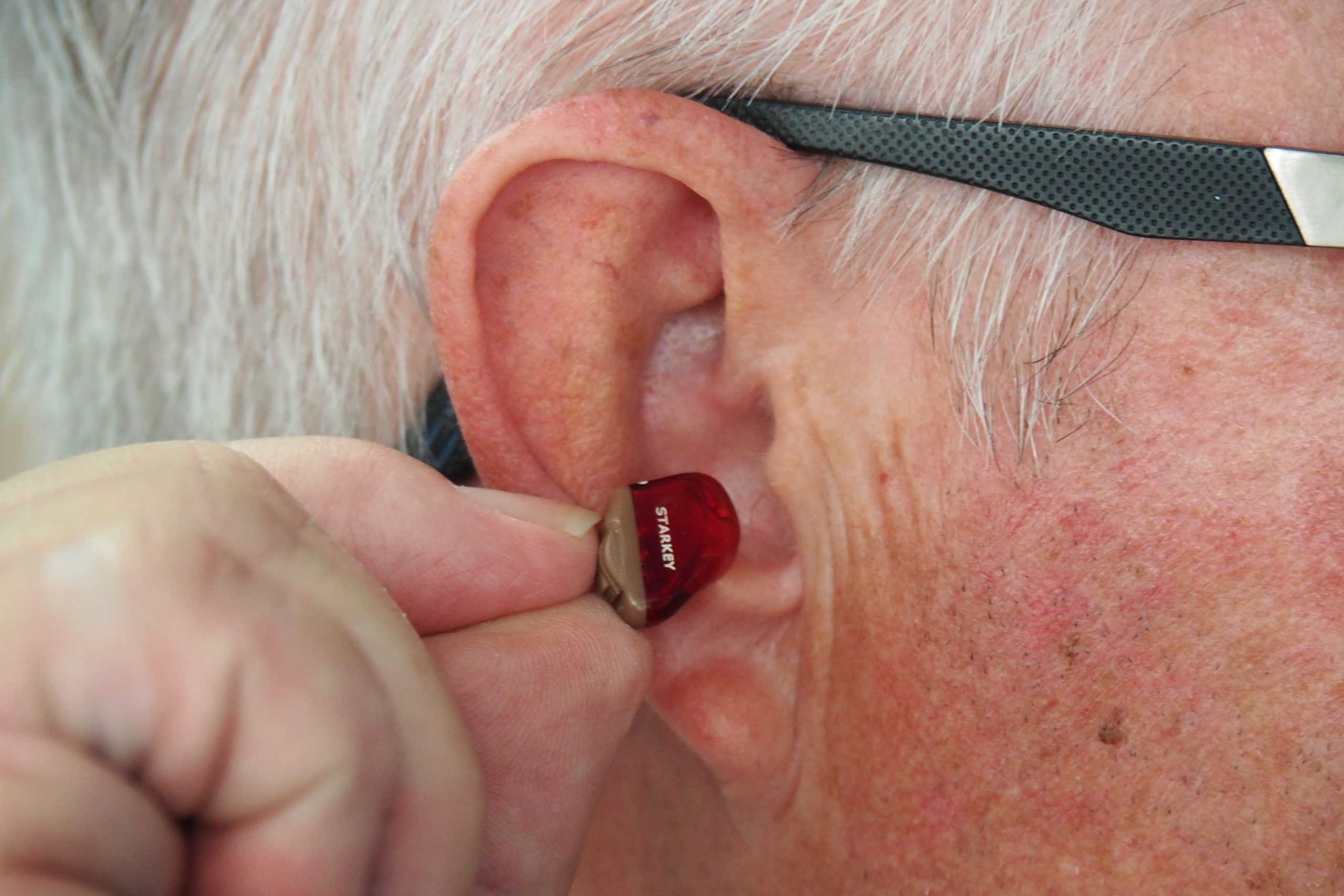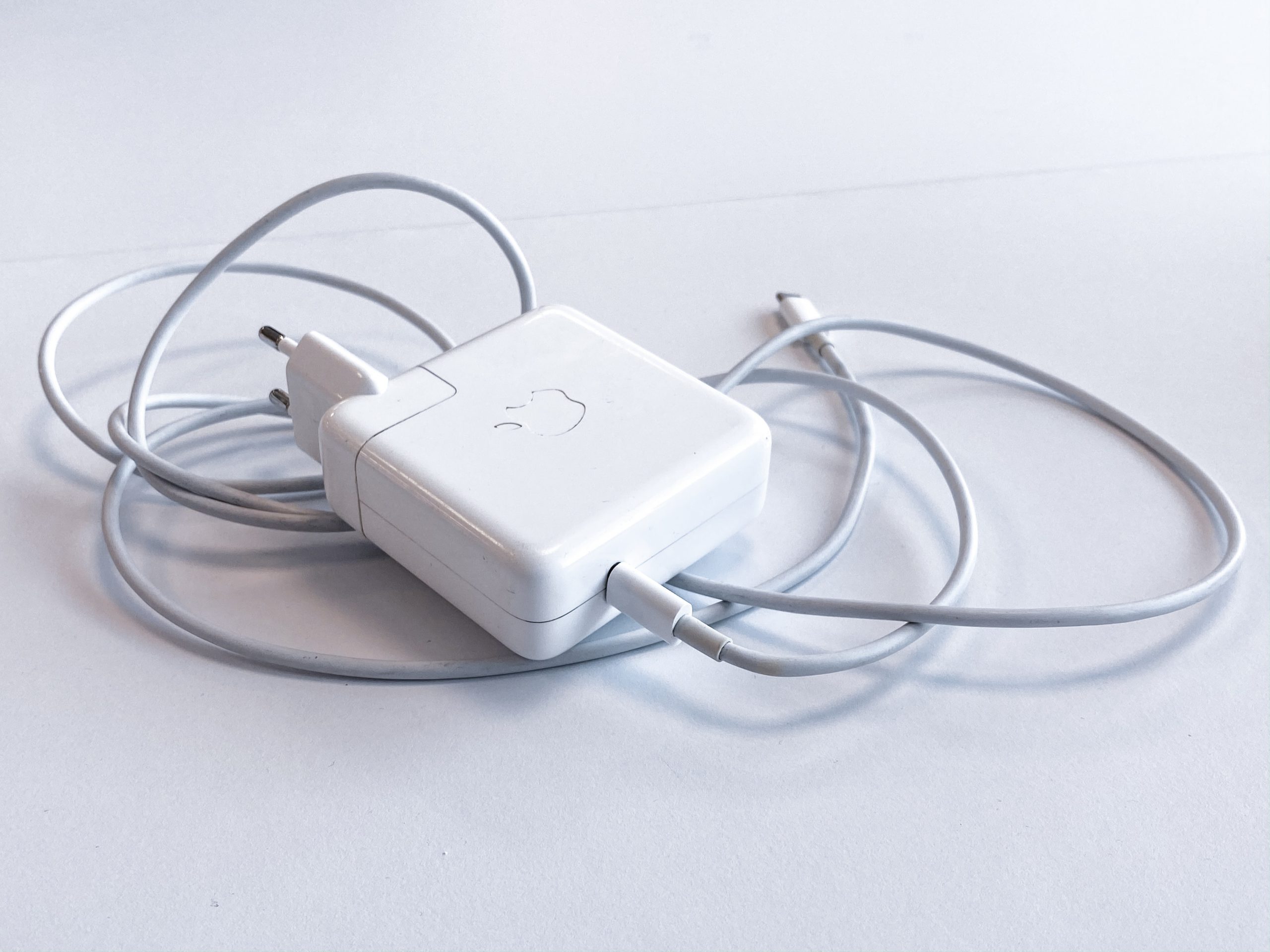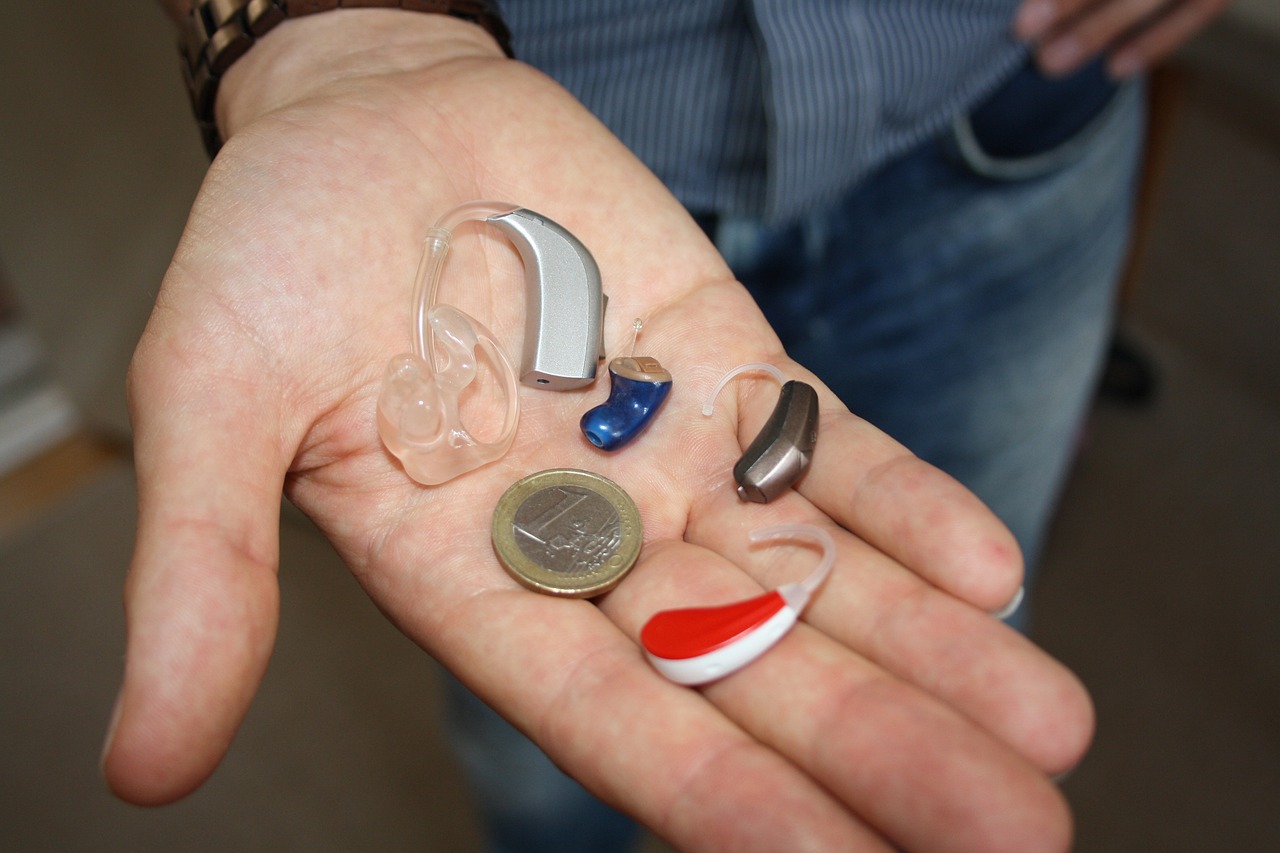
Without binaural hearing aids, you could get eaten by a bear!
Ok, not actually, but binaural hearing aids and binaural hearing are an important and sometimes underestimated topic when it comes to our ears and hearing. If it wasn’t for binaural hearing, there’s a high possibility that you and I would not be here today!
Contents
What is Binaural Hearing?
To put it simply, binaural hearing is the ability to hear clearly with both ears.
That is Simple! But Why is it Important?
The same way music always sounds better in stereo rather than mono (single ear), hearing is far more useful when your two sound-receivers (ears!) are both working.
Particularly important is the fact that binaural hearing gives us 360-degree hearing, allowing us to hear sounds clearly from every direction without turning our heads.
As far as we know, our hearing pinpoints sound in a similar way to that in which GPS satellites pinpoint users, by using the relative time delay between received signals. For example, a sound off at a right angle to the head can reach your nearest ear 0.6 milliseconds before it reaches the ear on the other side. Equally usefully, the sound arriving at each ear can be of slightly different volumes due to what audiologists call ‘head shadow.’
We don’t just hear with our ears, but with our brains too. The ears transmit all this data to the brain, which uses some complicated processes to tell us as best as it can what a sound is and where it’s coming from.
The Benefits of Binaural Hearing

In an evolutionary context, the benefits of being able to hear a sound and immediately pinpoint its location are obvious. Somewhere, far back in the past, enough of your ancestors used their keen binaural hearing to dodge predators that you’re here today to read this article. They also used this precise hearing to locate and hunt their meals!
Even in the present day, in noisy bars or busy malls, we enjoy and rely on intelligibility and localization – the ability to hear a sound clearly and tell where it is coming from.
Binaural hearing also helps us communicate clearly! Sound entering each ear has been demonstrated to stimulate the opposite side of the brain. The precise benefits of this are unclear, but it appears that when we hear with both ears and both halves of the brain we find speech more intelligible and have access to more auditory information, allowing us to better fill in gaps in speech, tune in to specific sound sources, and tune out background noise.
What is Binaural Hearing Loss?
As you could probably guess, binaural hearing loss is a hearing loss that affects both ears. By contrast, monaural hearing loss affects just one.
Unfortunately, due to the importance binaural hearing plays in our lives, even mild hearing loss in both ears can have negative effects. The information the brain receives from the ears becomes hard to process.
The severity, onset, and specific effects of binaural hearing loss vary from person to person. Some people are severely hearing-impaired in both ears, others only mildly. Some people have one ‘bad’ ear and another ‘good’ one. Hearing loss, of course, can arrive suddenly or gradually.
Either way, binaural hearing loss can often result in a marked reduction in our ability to localize sounds, to hear everything that’s going on in our surroundings, and is often accompanied by tinnitus.
Hearing speech is often particularly tricky for those with binaural hearing loss. As referenced above, it’s thought that the interplay between the two halves of the brain after receiving signals from both ears helps hearing and comprehension. Without this, many hard-of-hearing people (even those with extremely mild hearing loss) have to concentrate hard to clearly hear a single speaker in a noisy room.
Thankfully, whatever the specific profile of your hearing loss, technological advances mean it’s more likely than ever before your hearing can be restored to a passable or even near-perfect level.
Binaural Hearing Aids
The mainstream idea of a hearing aid is a simple sound amplifier. Until quite recently, this really was the case, and many people still wear this kind of hearing aid. These assistive devices operate on an individual basis, taking the sound that enters the ear and amplifying it.
Why would this present a problem? Isn’t that how the ears work, anyway?
We now know that our ears are more complicated than this. As a result, one-sided hearing aid wearers sometimes hear what’s going on in their surroundings as a plain ‘wall’ of sound while struggling to make out specific sources of noise (like the person in front of them).
Nowadays, smarter binaural aids or CROS hearing aids come in a radio-linked pair, creating a convincing imitation of natural hearing and stimulating our brain’s auditory centers. Tuned right, they can bring back our natural powers of localization across a 360-degree range, improve our ability to tune out background noise, and, often, alleviate the symptoms of tinnitus.
Of course, everyone is different and some people will prefer monaural hearing amplifiers instead.
Why Choose Binaural Hearing Aids?
Think about a pair of glasses. With two bad eyes you’d much rather wear a pair of glasses than a monocle, or two monocles together. Why not apply the same logic to your hearing?
Many people with two-sided hearing loss correct only their ‘bad ear.’ For some people, this is perfectly serviceable, but these individuals are almost certainly missing out on the aforementioned benefits to speech intelligibility, sound localization, and enjoyment of a full-spectrum soundscape.
Older aids are tuned to mainly pick up sound in the direction in which the wearer is looking, which can sometimes make it difficult to get their attention from behind. A new-model monaural aid can pivot its microphone towards the relevant source of a sound, of course, but this ability is far more useful when it’s two-sided — with the right set of binaural aids, one aid can pivot to listen behind as required while another keeps its attention faced front and center.
Binaural aids can even be fine-tuned for certain environments, sound levels, and personal preference.
For more information on choosing the right hearing aid, check out some of our other articles, such as:
The Hidden Costs of Hearing Aids
Hearing Aid Types
The information in this guide has been written using the following reliable sources:
https://www.nhs.uk/conditions/hearing-loss/
https://www.drshearingcare.com/binaural-hearing
https://www.sciencedirect.com/topics/medicine-and-dentistry/binaural-hearing
https://www.hearingaidknow.com/binaural-and-monaural-hearing-loss








